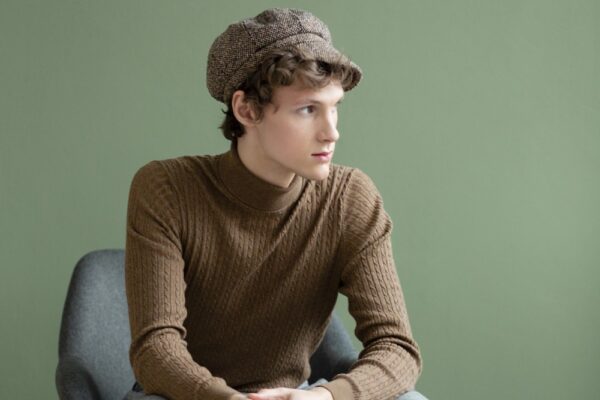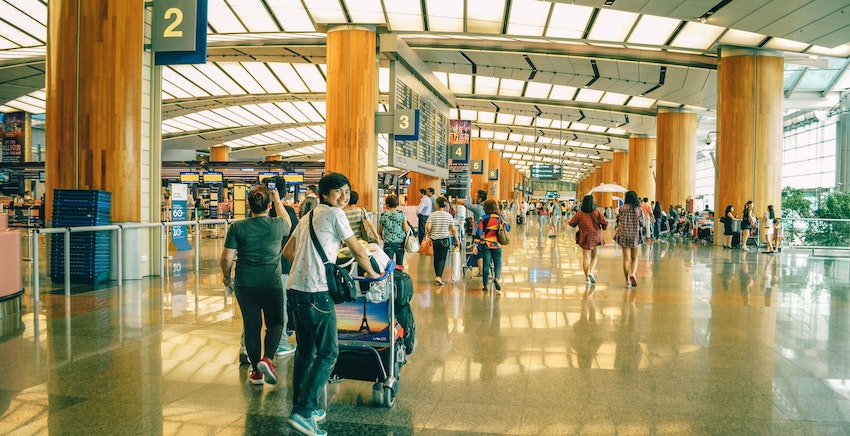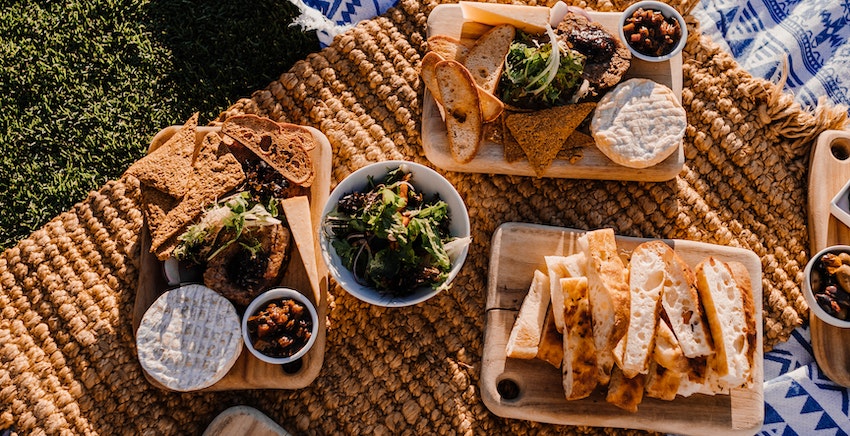
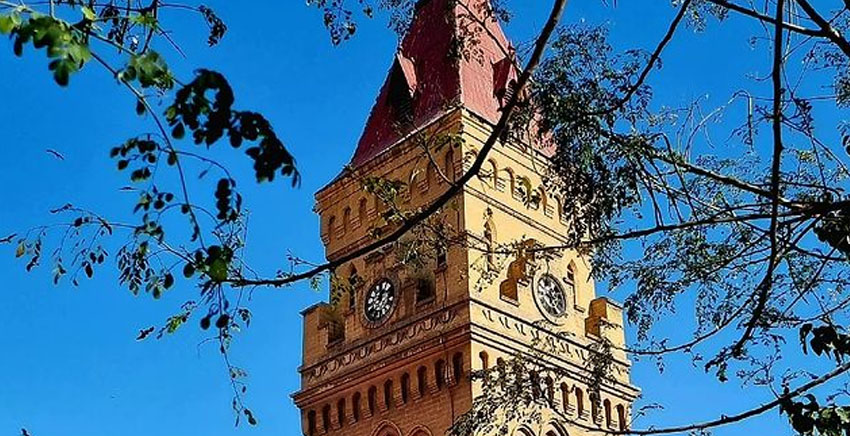
Empress Market | An Intricate Fusion of History and Architecture
One of Pakistan’s most rapidly expanding cities is Karachi. One city you’d love to live in is one that is rich in history and tradition. What distinguishes it from the other cities in the nation is the city’s commotion. The census found that there were over 20 million people. compromises between individuals with different nationalities and cultural traditions. You will discover that you are experiencing the life you desire right in the middle of the chaos. Frere Hall, Mohatta Palace, Mazar-e-Quaid, and Empress Market are a few locations that are prepared to help you live an ancient lifestyle.
Empress Market at Saddar, Karachi, has a unique spot all to itself, though! One of the areas with the highest historical significance includes Karachi’s old market. The market includes a pet store, historical sites from Karachi, the Rainbow Center, and much more. We will talk about a variety of things related to Empress Market. This blog has all the knowledge you want if you’re searching for it!
Historical Background
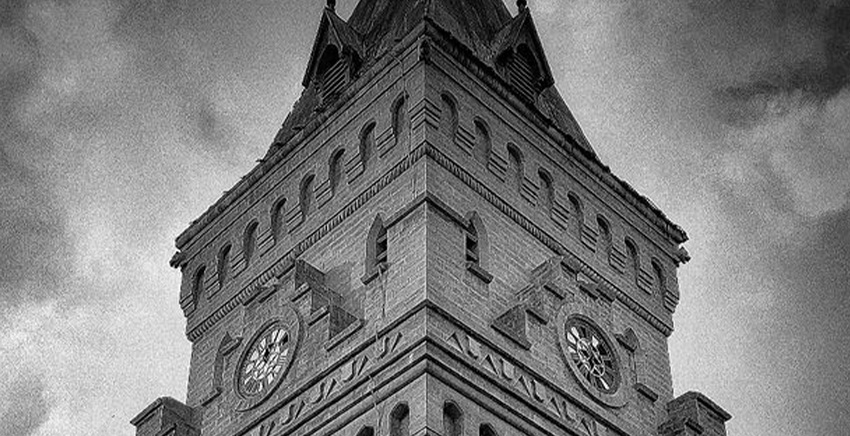
The amazing Empress Market is a destination that is significant to both locals and visitors. The historical background of Empress Market is the subject of numerous urban legends. One of them, though, is more consistent than the others. The place in which the market is constructed is mentioned. was initially employed in 1857 to execute criminals and that too cruelly. According to legend, the individuals were buried on the spot where the Empress market is now. While equally fascinating and horrifying, the story.
Construction on the Empress market took place between 1884 and 1889. It was created by James Starchan, an architect. Bombay’s governor, James Fergusson, personally placed the foundation stone. A. J. Attfield was a company that felt free to finish the market’s foundation. After almost 80 years, a flurry of various vendors and traders could be seen. opening stores and beginning to sell goods throughout the city by showing interest in the market. The market was extremely safe due to several very large, strong gates.
Architecture
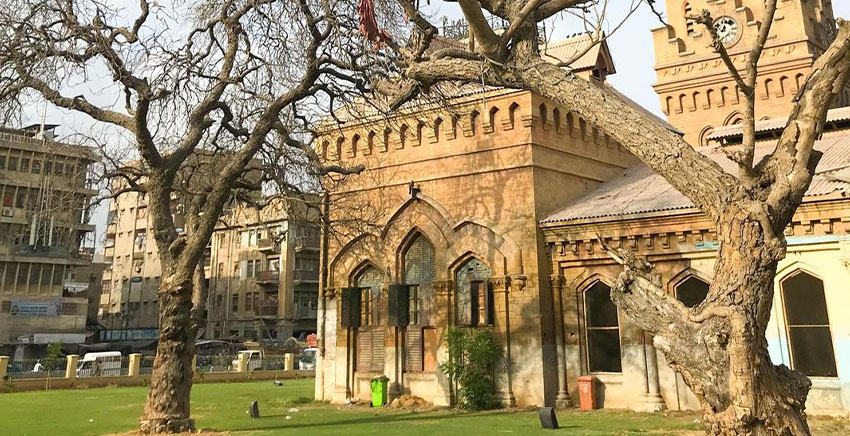
The market’s original length was 130 feet. Also 100 feet wide, with four 46-foot-wide galleries. That was laid up in the most attractive way possible and can hold up to 280 shops. The building’s structure adheres to the Indo-Gothic design, which combines Roman and Indian styles. The building’s vault roofing, cusped arch, and 140-foot-tall clock tower featuring leopard heads serve as representations of this. Doorways that provide access from all sides make each of the four galleries as well as wings. Due to its proximity to the intimidating Gothic spire and the once-chiming clocktower with clocks representing four directions that are now inoperative, the south side is regarded as the primary entrance. The elaborate designs of the clocks, which each resemble a gem, are meant to evoke images of the jewels that make up Queen Victoria’s crown.
Significance
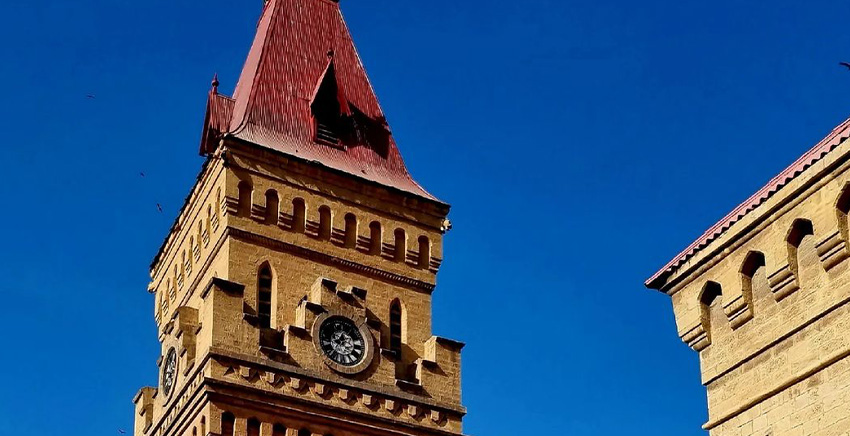
For many workers, Empress Market serves as a gathering place and transportation hub. Despite the fact that a century has passed and improvements have been made across almost the entire nation. However, not many things remain the same. There are thousands of individuals selling their goods from stalls and trolleys, and the hospitality still seems to be unaltered. What gives the area its liveliness is the large, famous colonial-era building that is situated in the middle of Empress market. Around the tightly packed buildings from the colonial era, there were previously dozens of marketplaces. With any kind of product, you can think of, including betel nuts, dry fruit, meat, seasonings, and domestic animals.
Legacy
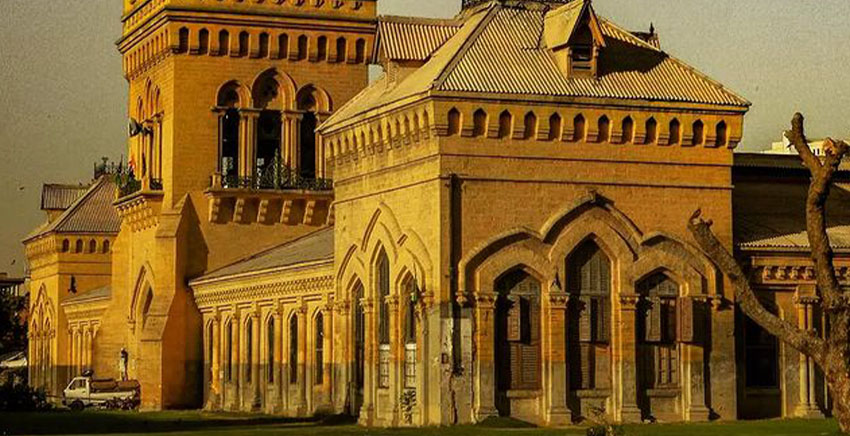
However, Empress Market is a unique location. It was created as a monument in honor of the legendary British monarch. In addition to the many unique tales you might well have heard about this spot in the past, the location has important significance. The building is a fusion of Indian and Roman elements, giving the design a distinctive appearance! The architect who worked on this project was well aware of how long this structure would last and the significance of having a monument such as this for the city.

